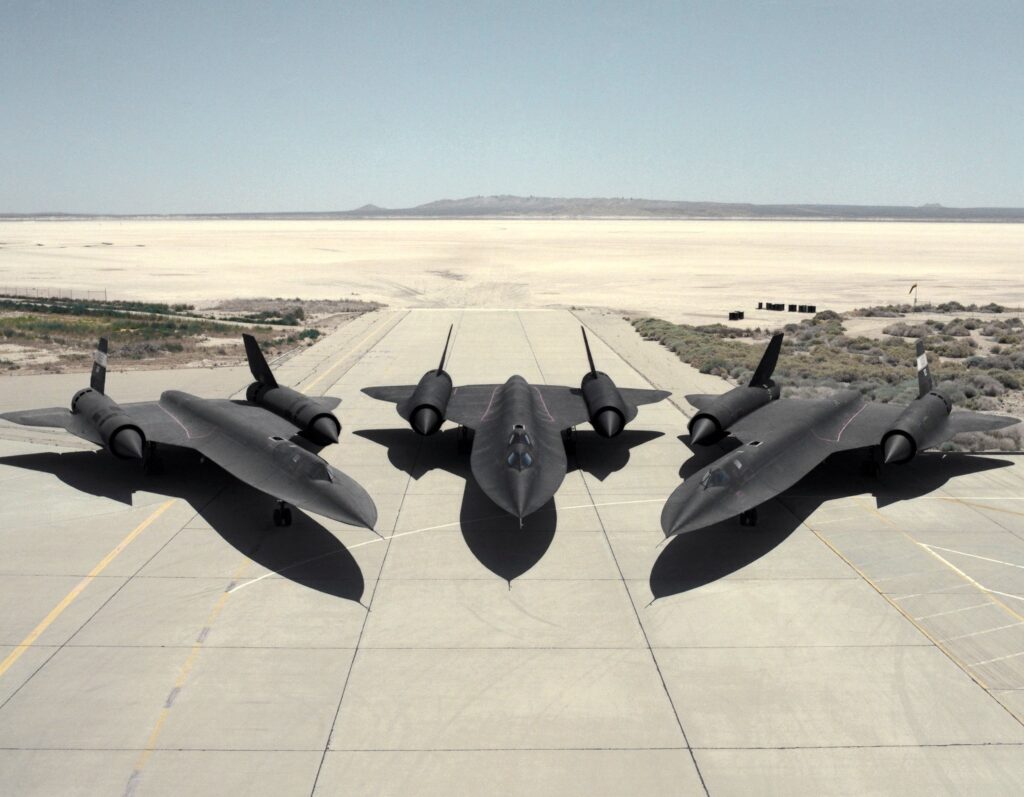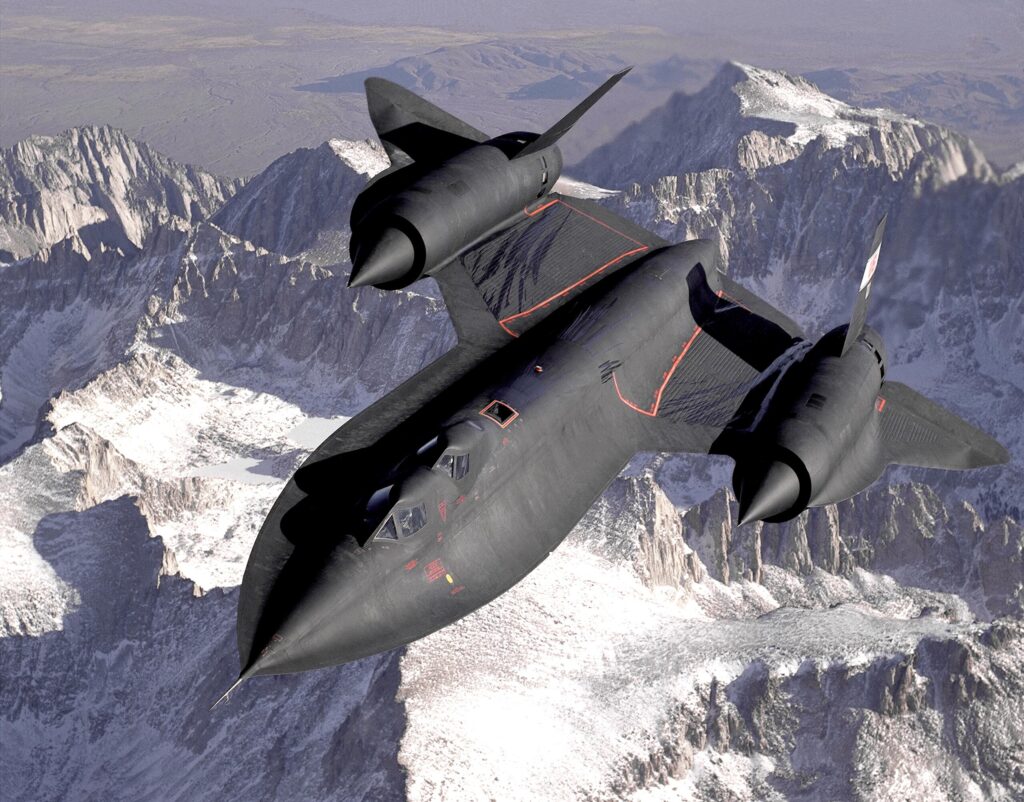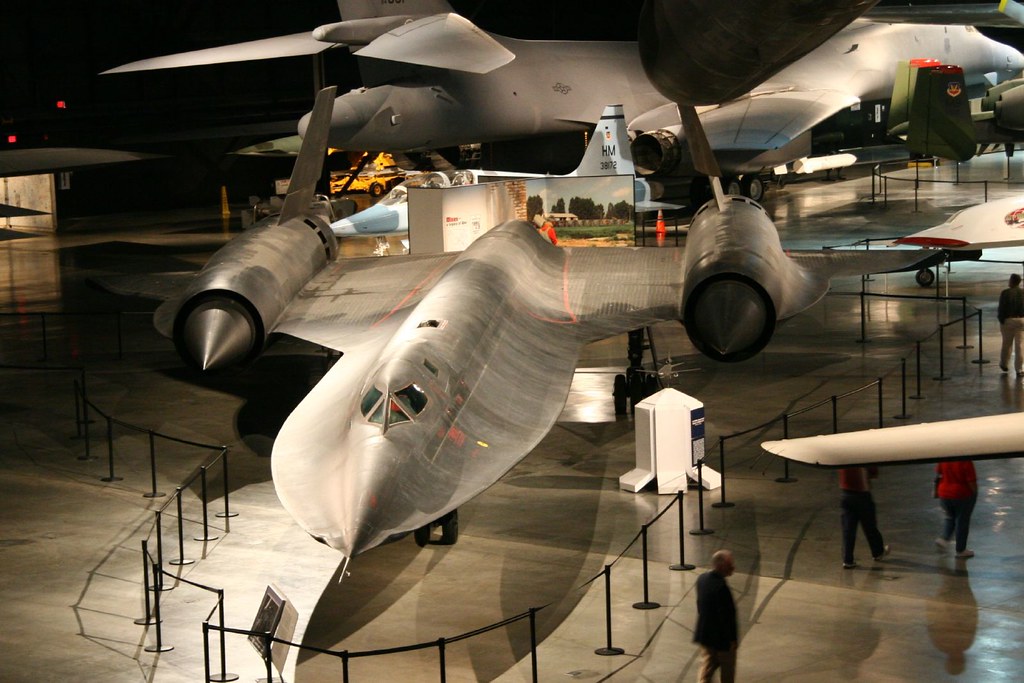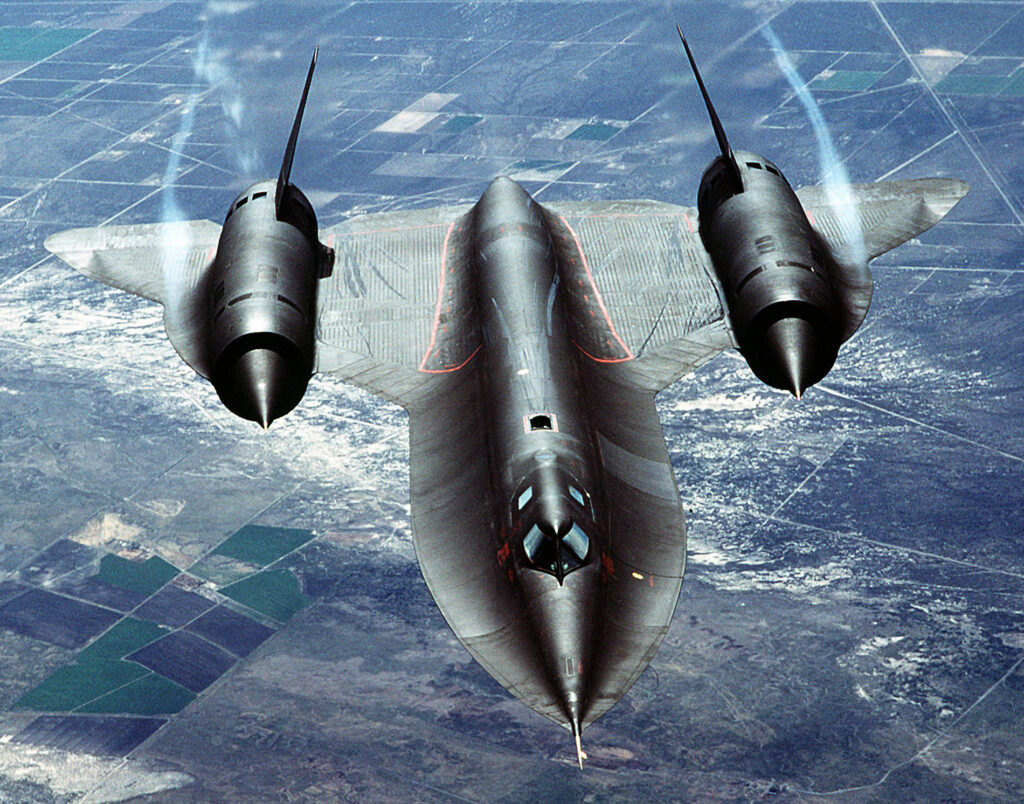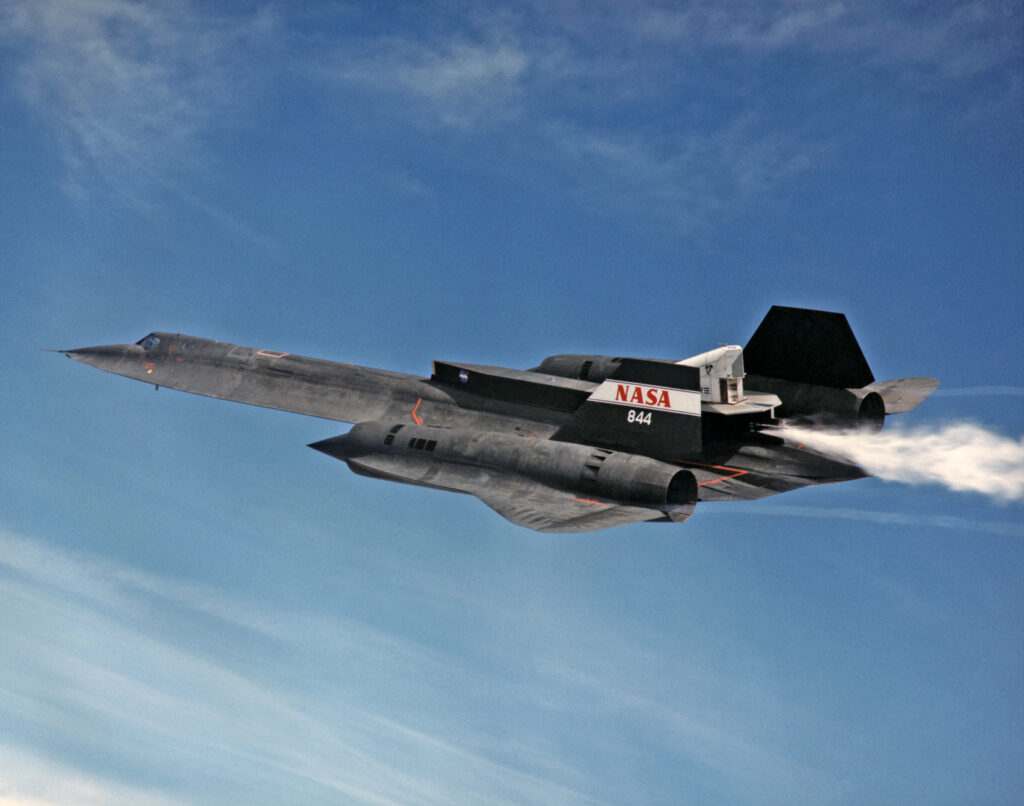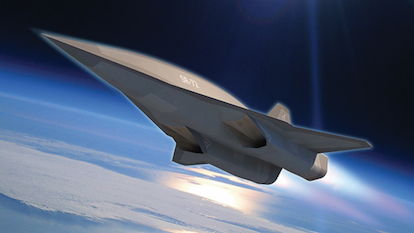
In a stunning disclosure, Lockheed Martin’s clandestine Skunk Works division has unveiled specifications for the SR-72, a hypersonic aircraft poised to revolutionize military aerospace. The SR-72, a successor to the legendary SR-71 Blackbird, is designed to operate at unprecedented speeds of Mach 6 at altitudes exceeding 100,000 feet, integrating both strike and reconnaissance functionalities into a single, remotely piloted platform.
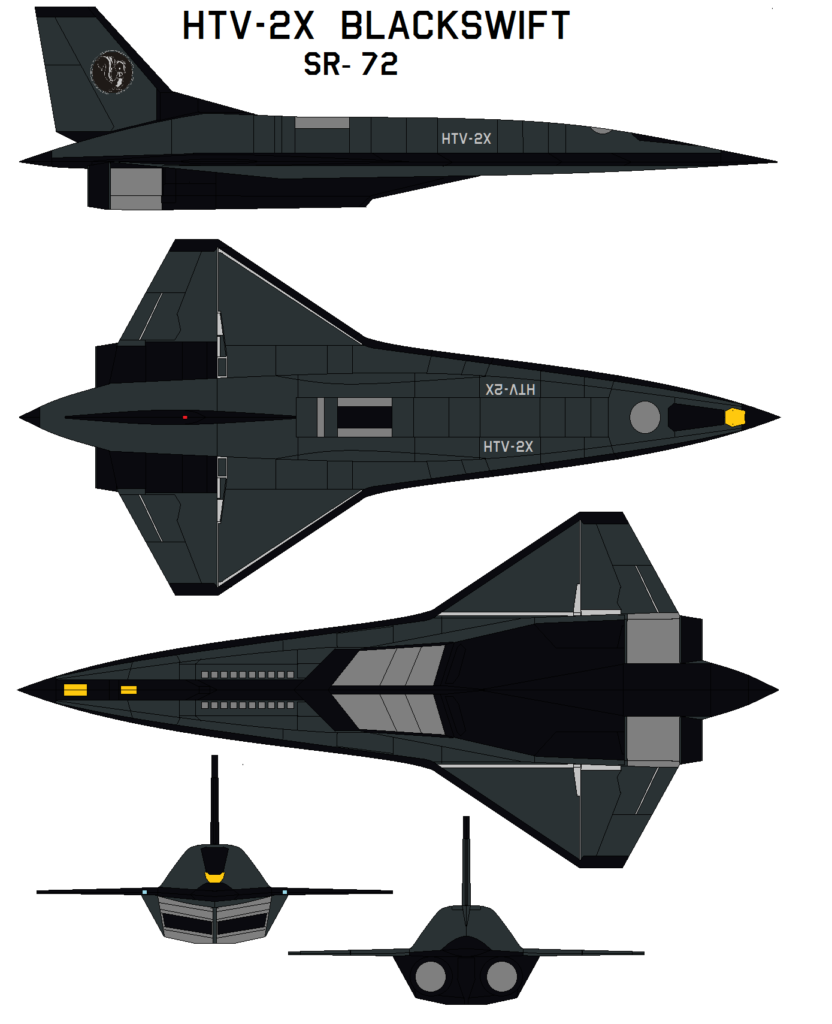
The SR-72 project announced on 1 November 2013, breaks with the previous convention of stealth-based military aircraft. As stated by Al Romig, Skunk Works engineering and advanced systems vice president, “speed is the new stealth,” denoting the ability of the aircraft to avoid interception simply through its velocity. The proposed top speed of over 2 km/s would have the SR-72 flying at a speed twice as high as that of its SR-71 predecessor, which became famous for outrunning surface-to-air missiles (SAMs) during its service.
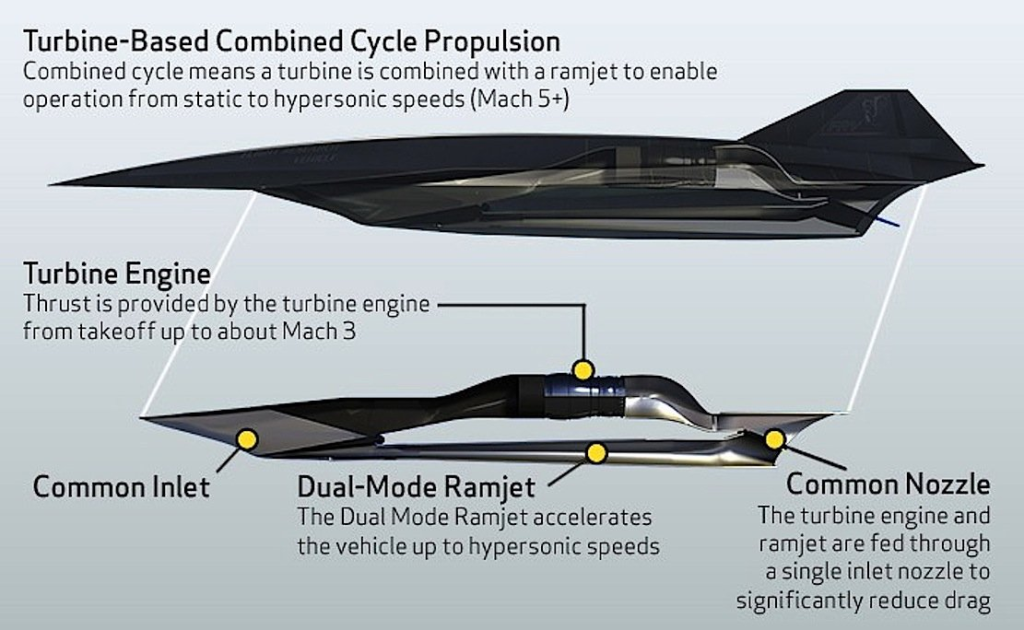
What it will carry, however, is Lockheed Martin’s new and secret turbo-based combined cycle engines, the new TBCC. These new engines will combine the best qualities of a high-speed turbojet and a scramjet, allowing the SR-72 to travel at hypersonic speeds without sacrificing runway takeoff. If this propulsion system can be developed, the race could be on for a new international generation of hypersonic combat aircraft, much like what happened between the US and others in developing fifth-generation stealth fighters.
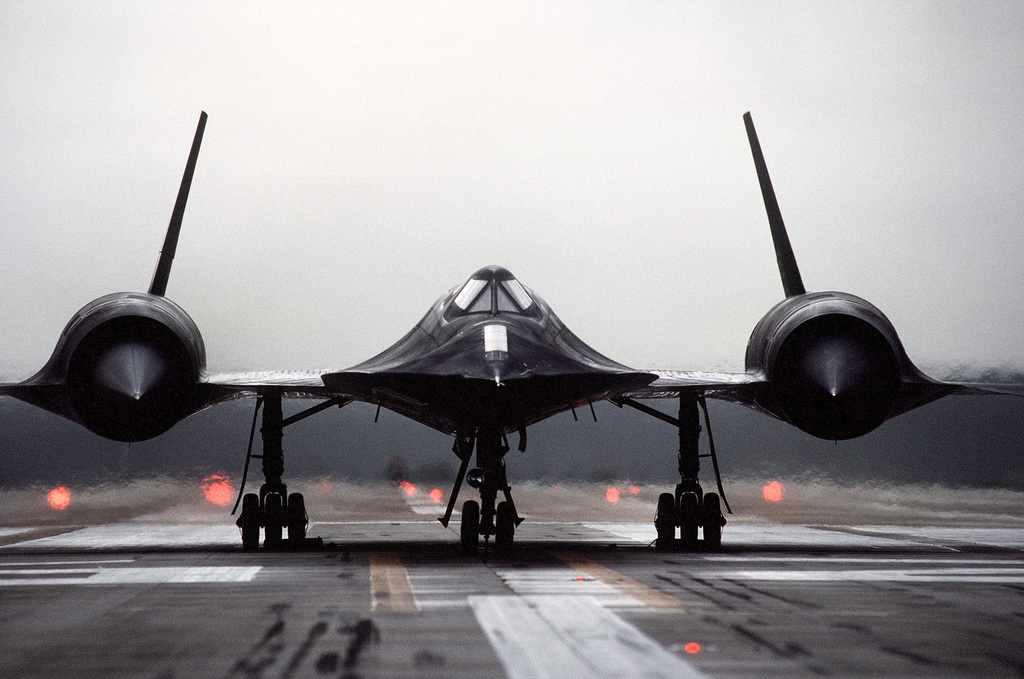
The potential of the SR-72 to make hypersonic entry into well-defended airspaces gives it a great advantage over current stealth drones. Other drones, like the MQ-9 Reaper and RQ-4 Global Hawk, have proven to be effective in far less contested environments, but none of these drones are fast or agile enough to outrun advanced air defenses. The hypersonic capability of the SR-72 would allow it to operate within heavily protected airspaces, where even current stealth drones would not have a chance.
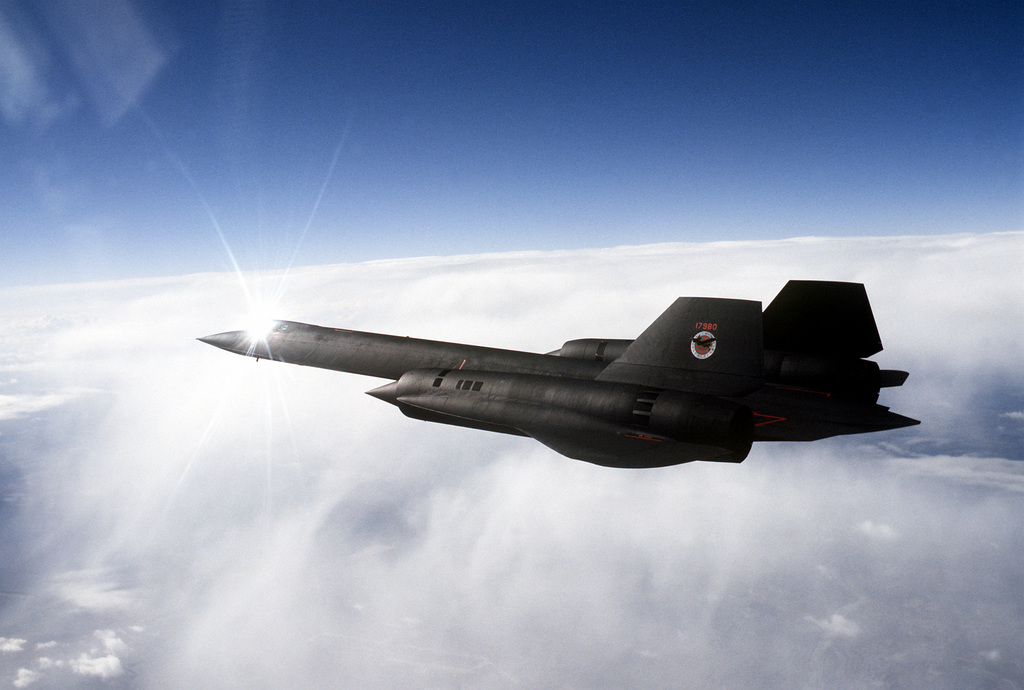
Lockheed Martin appears to be confident in the SR-72 program, having revealed it to the public, something that has rarely been done by the traditionally secretive Skunk Works. It aligns with the USAF hypersonic roadmap for hypersonic ISR and strikes by the target date of 2030. The fate of the program will depend on how well it can attract government funding for full-scale flying demonstrators.
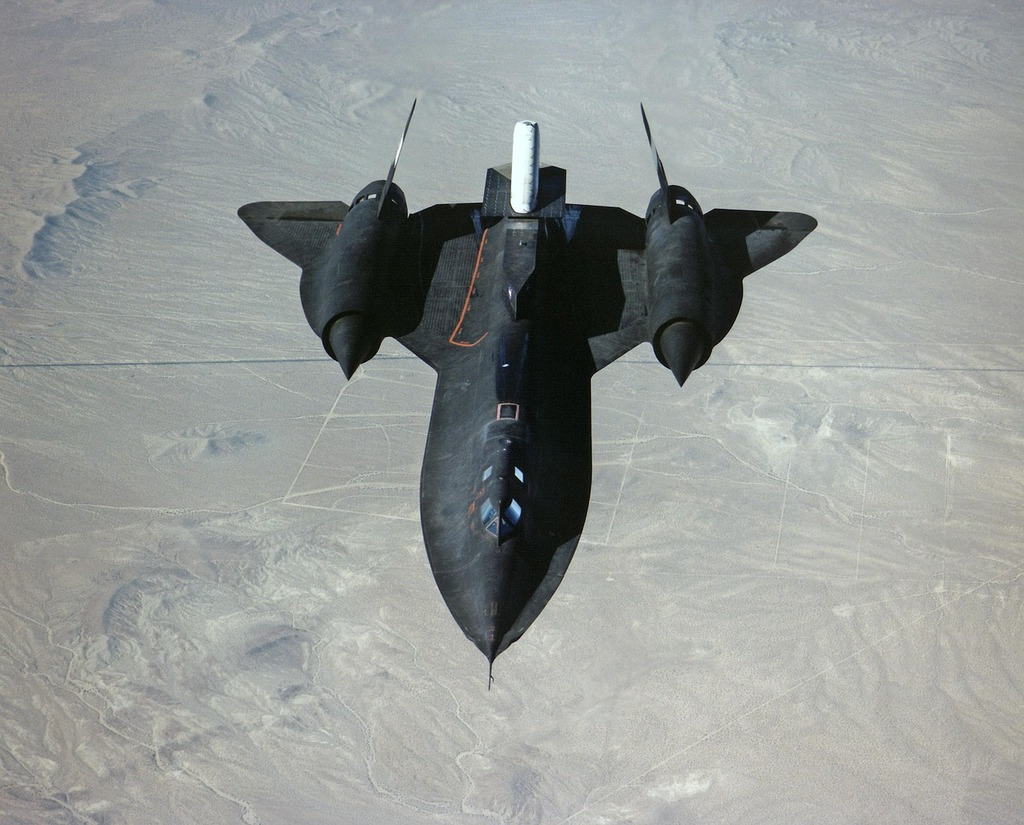
Parallel to this, testing high-speed engines under the Stelr program, targeted to yield Mach 3-plus weapons and vehicles, was also held by the US Air Force Research Laboratory with DARPA. This will feature separate tests by Rolls-Royce Liberty Works and Williams International. According to the plan, Rolls-Royce is set to run its Stelr engine at Mach 3.2 in the coming months, which could help close the gap between a turbine and a scramjet to bring hypersonic propulsion systems a step closer to reality.
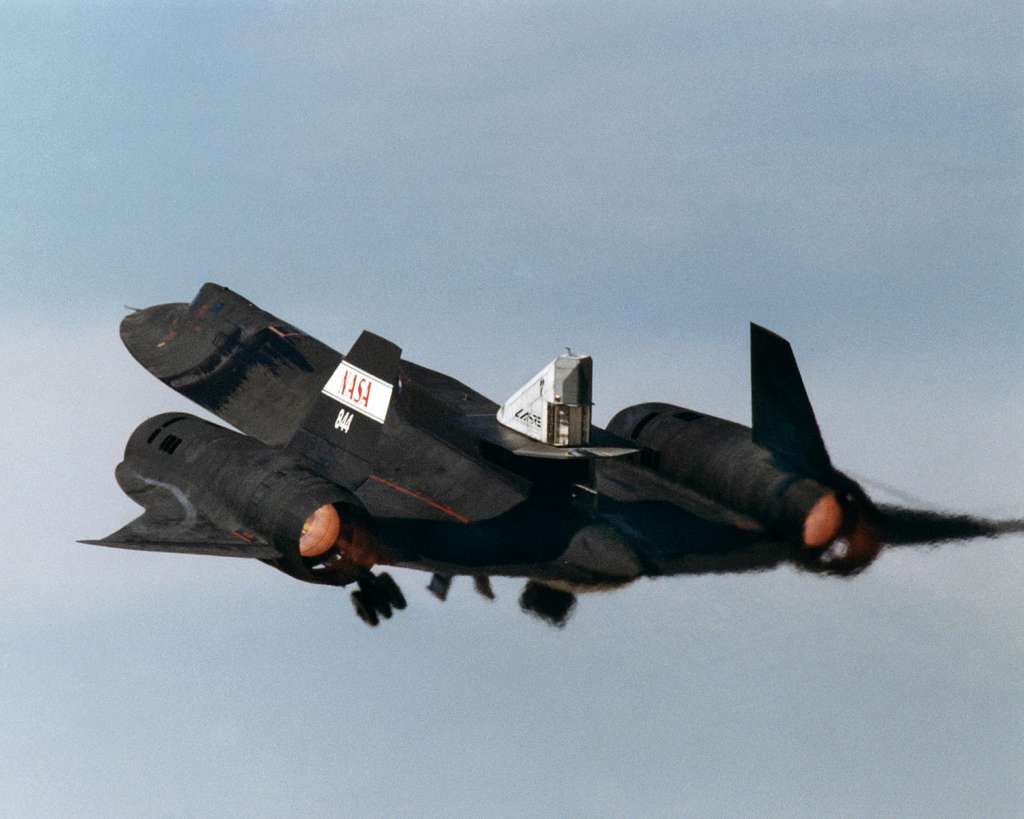
The SR-72 has also captured the public imagination, with rumors of its appearance in the upcoming “Top Gun: Maverick” film. The aircraft dubbed the “Son of Blackbird,” is expected to fly at Mach 6, employing a turbine-based combined cycle propulsion system. While still in the testing phase, the SR-72 could become a key asset in the US military’s arsenal, providing unparalleled reconnaissance and strike capabilities.
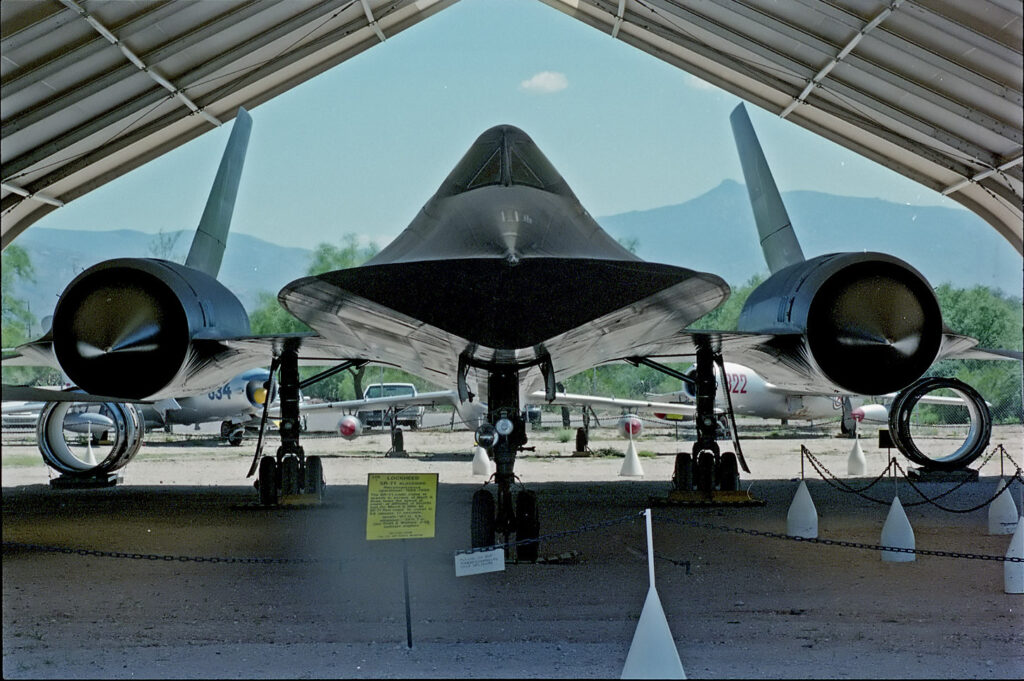
The belief that demand for high-speed ISR and surgical strike capability does exist in the future is underpinned by the investment Lockheed Martin is making in the SR-72 program. As the SR-72 program approaches the stage where further development becomes funding-dependent by the government, the aviation and defense communities will follow the development of the SR-72 with interest.
Related images you might be interested.

